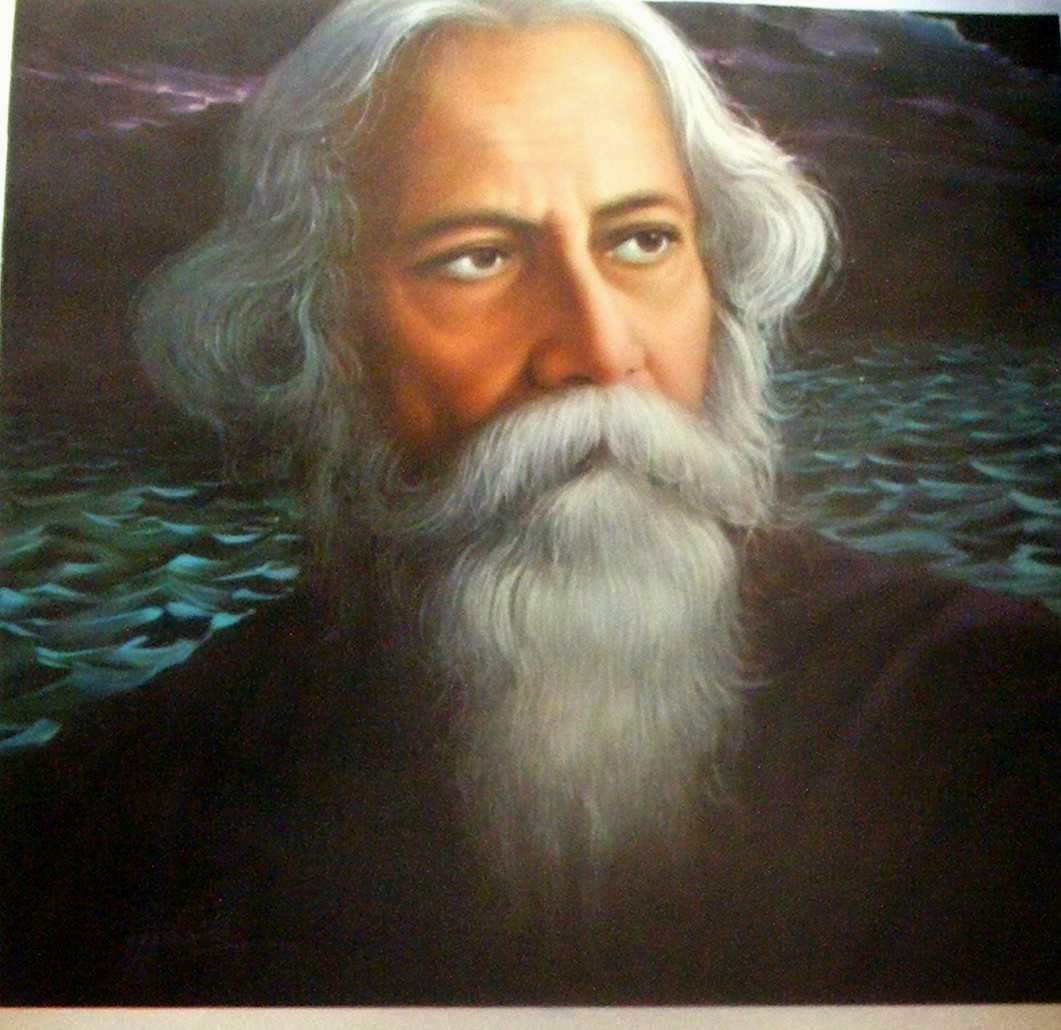Discovering Togore: A Journey Through Art And Culture
Togore is more than just a name; it represents a rich tapestry of culture, creativity, and inspiration. This unique term has gained traction in various artistic circles, symbolizing the fusion of traditional and contemporary art forms. Whether you are an art enthusiast, a cultural explorer, or simply curious about what Togore encompasses, this article will guide you through its fascinating dimensions.
In recent years, Togore has emerged as a significant term in the world of art, often associated with a particular style that resonates with audiences worldwide. It signifies the blending of cultures, the celebration of diversity, and the power of human expression through various artistic mediums. As we delve deeper into the concept of Togore, we will uncover its origins, implications, and the artists who embody its spirit.
Join us on this enlightening journey as we explore the essence of Togore. From its historical roots to its modern-day interpretations, we aim to provide a comprehensive understanding of what Togore truly means and how it impacts the art community today. Let's embark on this captivating exploration together!
What is Togore and Where Did It Originate?
Togore is an artistic movement that merges various cultural influences, primarily inspired by the works of renowned artists and thinkers. The term itself is often associated with the idea of transcending geographical boundaries to create art that speaks to the universal human experience.
How Has Togore Influenced Modern Art?
The influence of Togore on modern art cannot be understated. Artists who embrace this concept often blend traditional techniques with contemporary motifs, creating pieces that resonate with a diverse audience. This integration encourages dialogue between different cultures and highlights the importance of inclusivity in artistic expression.
Who Are the Key Figures in Togore?
Several artists have played a pivotal role in the evolution of Togore. Their works exemplify the principles of this movement, showcasing creativity that bridges cultural divides. Some notable figures include:
- Artist A - Known for blending traditional motifs with urban aesthetics.
- Artist B - Celebrated for their use of vibrant colors and abstract forms.
- Artist C - A pioneer in combining digital art with classical techniques.
What Are the Core Principles of Togore?
At the heart of Togore lies a set of core principles that guide its practitioners. These principles include:
- Diversity: Embracing multiple cultures and perspectives.
- Innovation: Pushing the boundaries of traditional art forms.
- Collaboration: Fostering partnerships among artists from different backgrounds.
How Can One Engage with Togore?
Engaging with Togore can take many forms, from attending art exhibitions to participating in workshops that focus on cultural exchange. Artists and art enthusiasts alike are encouraged to explore the vibrancy of this movement through various mediums.
What Is the Future of Togore?
The future of Togore looks promising as more artists continue to explore its potential. With the rise of digital platforms, the accessibility of art has expanded, allowing Togore to reach a global audience. This evolution ensures that Togore will remain relevant in the ever-changing landscape of contemporary art.
Biography of a Togore Artist
One notable artist within the Togore movement is Jane Doe, whose work embodies the principles of cultural integration and artistic innovation.
| Name | Jane Doe |
|---|---|
| Date of Birth | January 1, 1980 |
| Nationality | American |
| Artistic Style | Contemporary Mixed Media |
| Notable Works | The Harmony Series, Urban Landscapes |
Jane's work has been exhibited in galleries worldwide, and she continues to inspire new generations of artists through her innovative approach to blending cultures in her art. As a prominent figure in the Togore movement, Jane Doe represents the spirit of artistic exploration and cultural dialogue.
What Makes Togore Unique?
What sets Togore apart from other artistic movements is its emphasis on the intersectionality of cultures. It challenges the notion of a singular artistic identity and instead celebrates the rich diversity that can be found in the blending of different styles and traditions.
How to Appreciate Togore Art?
To truly appreciate Togore art, one must approach it with an open mind and a willingness to learn about the cultural narratives behind each piece. Engaging with the artists and understanding their inspirations can deepen one's appreciation for the work and the message it conveys.
Conclusion: The Enduring Legacy of Togore
Togore represents a vibrant and evolving artistic movement that continues to inspire and challenge artists and audiences alike. Its commitment to diversity, innovation, and collaboration ensures that it will remain a significant force in the art world for years to come. As we move forward, embracing the spirit of Togore will foster a deeper understanding of the interconnectedness of cultures and the power of art to unite us all.
```
Diana's Funeral: A Legacy Remembered
Marrin Morris: The Rising Star Of Country Music
Ovechkin Young: The Early Days Of A Hockey Legend


